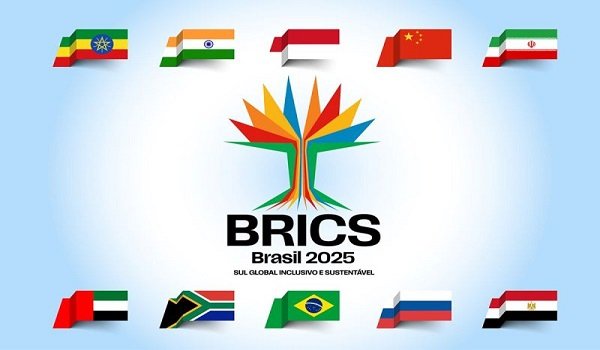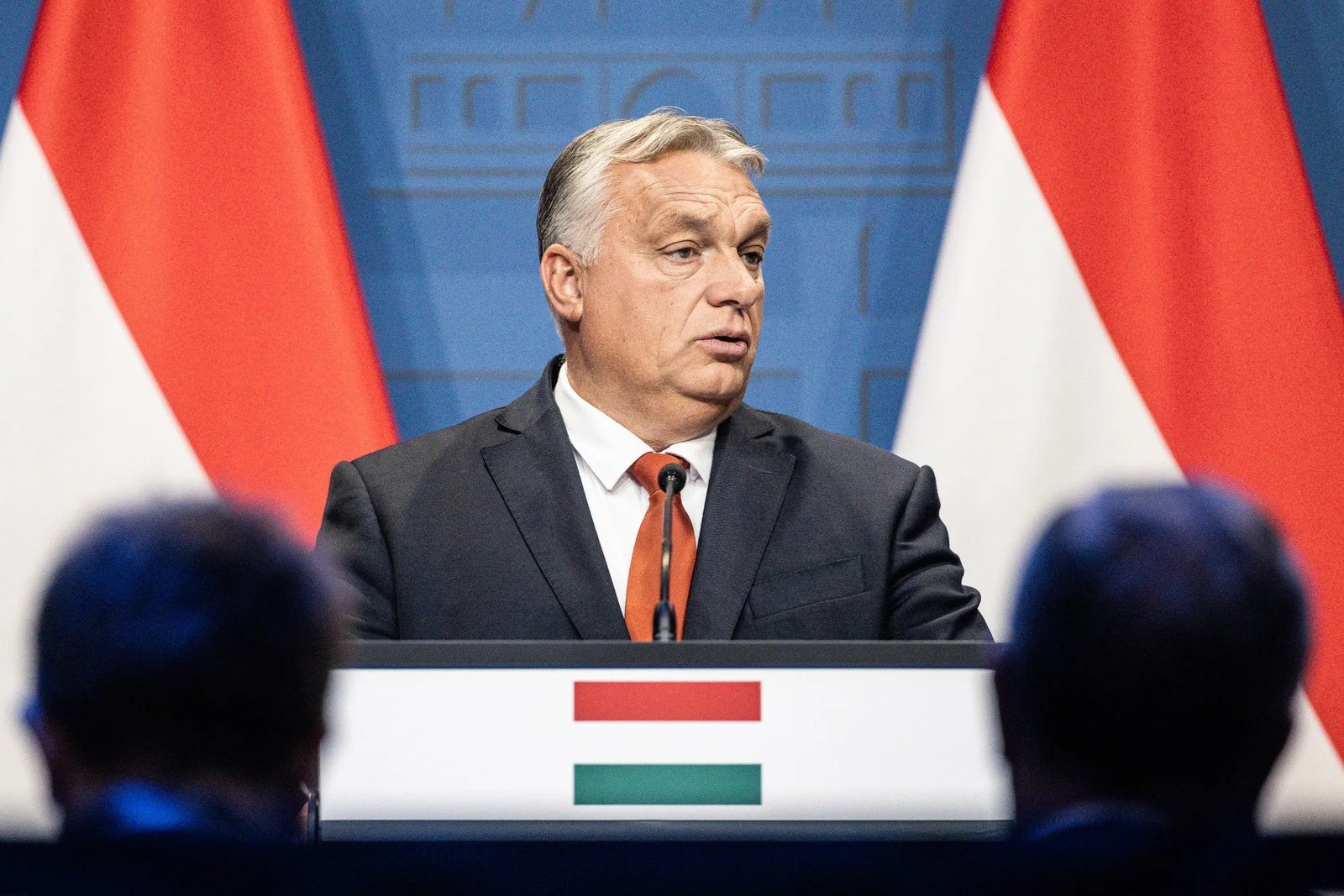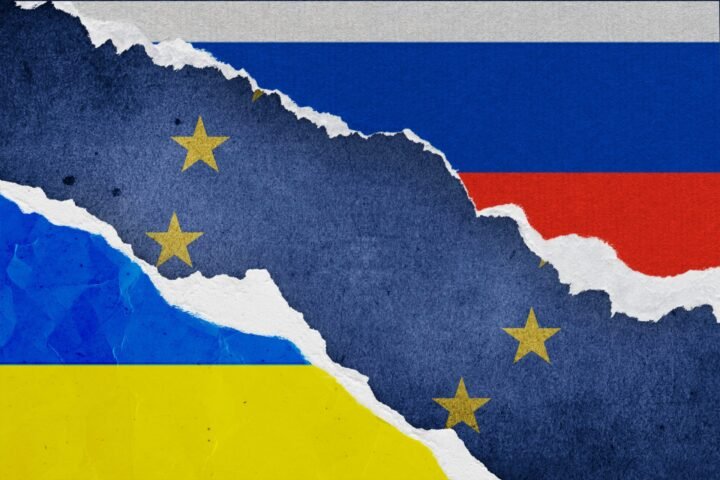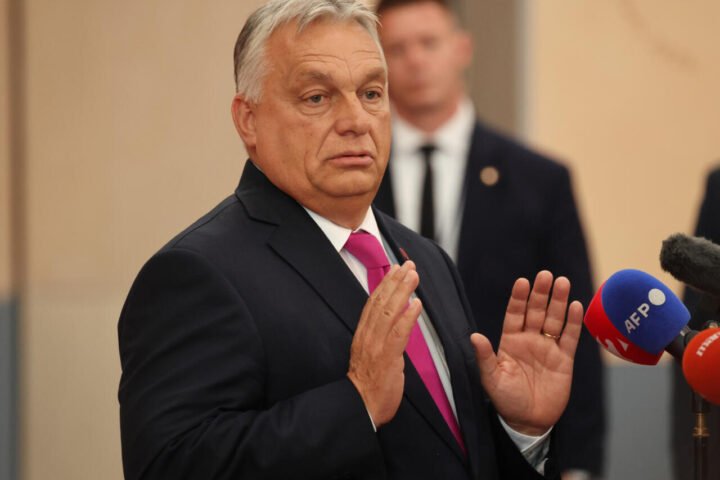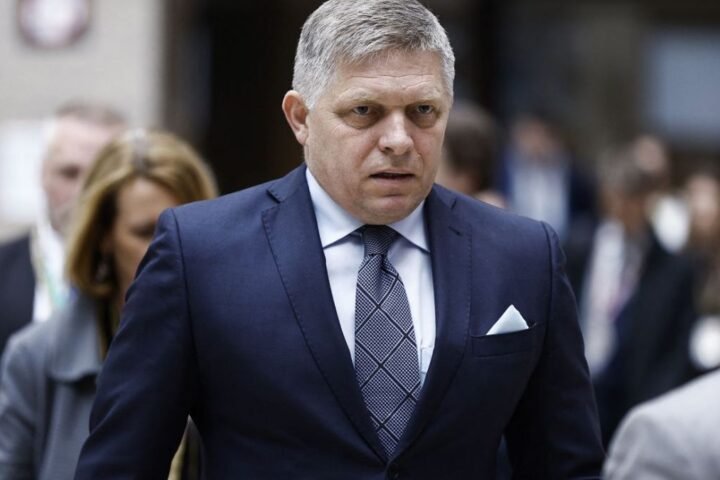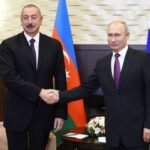Rio de Janeiro, July 7, 2025 – The 17th BRICS summit concluded in Brazil with Moscow seeking to amplify its geopolitical influence through the bloc, as Russia positions the group as a counterweight to the West amid persistent economic disparities and diverging political agendas among member states.
Held under Brazil’s rotating presidency, the summit brought together the core five nations — Brazil, Russia, India, China, and South Africa — alongside newly joined members Egypt, Ethiopia, Indonesia, Iran, and the UAE. Russian President Vladimir Putin addressed the plenary via videolink, while China’s Xi Jinping notably did not attend in person.
Despite calls for unity, the bloc struggled to align around concrete strategies, revealing a widening gap between ambitions and execution. Disagreements persisted even on core issues like trade rules and governance reform, underscoring the fragile cohesion of the group.
Kremlin turns BRICS into geopolitical tool
Originally conceived in the early 2000s as a forum for rising economies, BRICS has increasingly become a geopolitical project. The Kremlin is using it to project itself as an architect of an alternative global order under the joint leadership of Moscow and Beijing. With G7 nations imposing sustained sanctions over the war in Ukraine, the summit offered the Kremlin a high-profile stage to challenge Western influence and rally support from the Global South.
Russia continues to drive the summit agenda, promoting its vision of a multipolar world while steering discussions on trade de-dollarization and institutional reform. With 90% of its trade with BRICS partners now conducted in national currencies, Russia has leveraged the bloc to ease the impact of Western financial isolation.
Yet despite Moscow’s growing assertiveness, BRICS remains economically lopsided. Over 60% of the bloc’s total GDP comes from China alone, while the nominal GDP of the five core members stands at just over $28 trillion — compared to the G7’s $51 trillion. That disparity undercuts the group’s claim to represent a dominant new economic pole.
BRICS as resistance narrative for Global South
For many developing nations, BRICS symbolizes resistance to a Western-led global order. Russia has strategically positioned itself as an ally of the Global South, framing the bloc as a force against the legacy of “colonial” international institutions. During the summit, Brazilian President Luiz Inácio Lula da Silva called for direct dialogue on Ukraine — an implicit appeal to balance, rather than confrontation. But Putin’s address, focused on multipolarity and Western “double standards,” highlighted the competing visions within the bloc.
The Kremlin’s efforts to transform BRICS into a structure that challenges traditional platforms such as the G7 and the WTO are reshaping its character from an economic forum to a strategic alliance — albeit one with uneven support among its members. While China and Russia push for systemic change, others remain cautious, seeking benefits without antagonizing key trade partners in the West.
Growing challenge to Western norms
The summit’s agenda — covering global governance reform, AI development, climate change, and public health — reflected broader ambitions. But Western policymakers are increasingly wary of BRICS as a vehicle for soft-power expansion by authoritarian regimes. The absence of key leaders and vague communiqués underscore the limits of coordination.
In response, analysts suggest the EU and G7 must reinforce trade alliances, invest in technological leadership, and pursue institutional reform to safeguard multilateralism. The risk, they argue, is not a unified BRICS takeover — but a slow erosion of Western-led norms if alternatives, however fractured, continue gaining ground.
